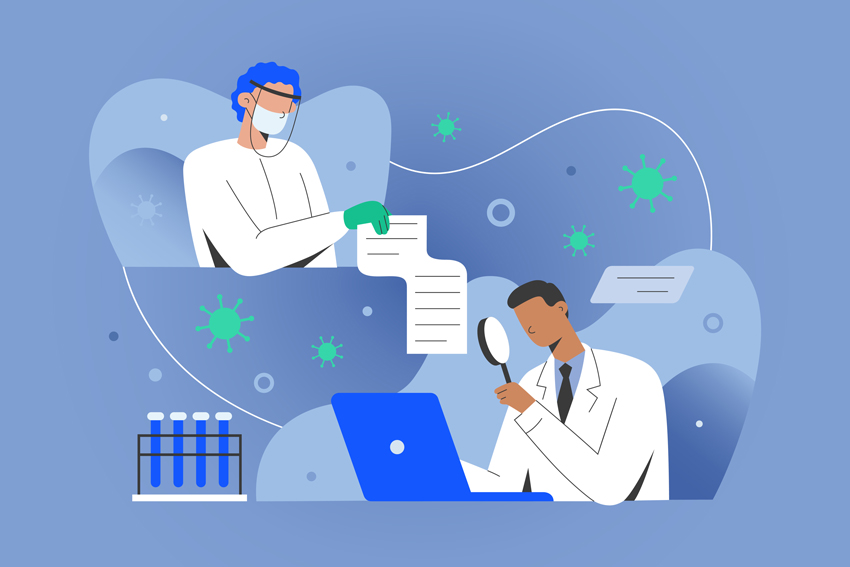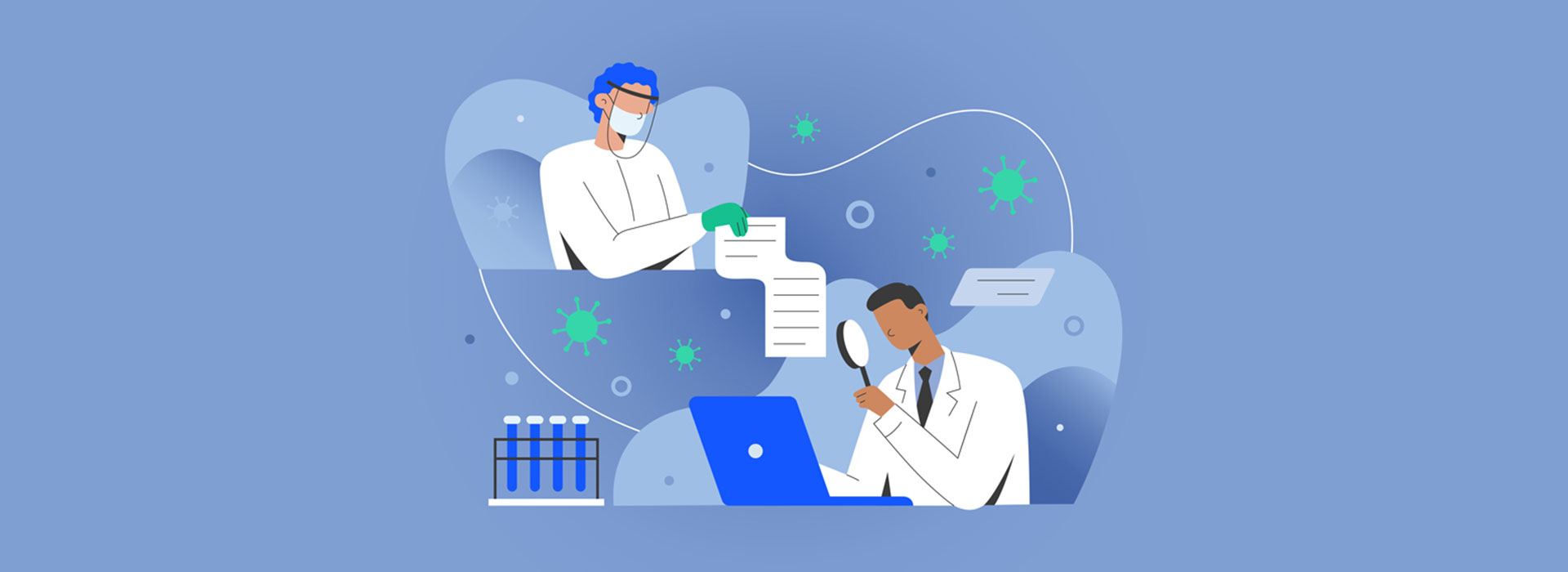As the world continues to shift towards digitization, we are seeing an increasing amount of sensitive data being stored in cloud services or shared in a way that is not compliant. In order to ensure patient privacy and confidentiality, healthcare providers and researchers who use this data need to remain vigilant in how they store and share this data. This means understanding how important it is to take advantage of anonymization processes – rather than simple deletion of personal identifiers – when sharing or releasing personal health information.

What is Medical Data Sharing?
Medical data sharing is a process by which medical data is shared between different parties, usually for the purpose of research or improving patient care. This can be done through a variety of methods, including but not limited to:
- Publishing de-identified data in scientific journals
- Making de-identified data available through online databases
- Sharing de-identified data with other clinicians, researchers, or patients through personal networks or via specialized tools.
Benefits of Medical Data Sharing
There are many benefits of medical data sharing. Perhaps the most obvious benefit is that it can help to improve patient care. When different organizations share data, they can pool their resources and knowledge to better understand diseases and develop more effective treatments. It can help to speed up the diagnosis process and gaining quickly a second opinion from other doctors to apply the best possible treatment for a given patient.
In addition, medical data sharing can help to reduce healthcare costs. By sharing data, organizations can avoid duplicating effort and wasted spending on research and development. Additionally, sharing data can help to identify inefficiencies in the healthcare system and potential areas for cost savings. Finally, medical data sharing can help to advance the field of medicine. When different organizations share data, they can build on each other’s work to create a more comprehensive understanding of diseases and treatments. This collective knowledge can then be used to develop new and improved methods of care.
Risks of sharing medical data (the wrong way)
While the sharing of medical data can have many benefits, there are also risks associated with it. One of the biggest risks is that of patient privacy and confidentiality. When medical data is shared, there is a potential for it to be accessed and used without the patient’s knowledge or consent. This could lead to sensitive information being leaked, which could be damaging to the patient both emotionally and physically.
Another risk associated with medical data sharing is that of security. When data is stored electronically, it is at risk of being hacked or accessed by unauthorized individuals. This could lead to a loss of patient trust, as well as financial losses for the healthcare organization involved.
Finally, there is also a risk that sharing medical data could lead to its misuse. For example, if insurance companies were to access medical data, they could use it to deny coverage or charge higher premiums based on pre-existing conditions. This would ultimately lead to patients being unable to get the care they need. While there are risks associated with medical data sharing, these should not deter organizations from doing so. These risks can be mitigated through proper security measures and by ensuring that only authorized individuals have access to the data. Additionally, patients should be made aware of how their data will be used and should.
How can we securely share medical data?
To avoid the risks mentioned above, it’s very important to guarantee high security of the shared data. One of important aspects here is the anonymization of medical data. Anonymization is the process of removing personally identifiable information from data. This can be done in a number of ways, such as through encryption, tokenization, or de-identification. De-identification is the most common method used for medical data sharing. To de-identify data, all Personally Identifiable Information (PII) must be removed. This includes things like names, addresses, birth dates, Social Security numbers, and any other unique identifier. Once all PII has been removed, the data is considered to be de-identified.
Conclusion
Overall, medical data sharing is a process that requires a lot of thought and careful planning. While it may seem like a daunting task, anonymizing patient data is important in order to protect their privacy. By taking the time to understand the process and by working with a trusted partner, you can ensure that your patient data is protected while still being able to share it with other researchers.
Start sharing medical data the right way by data anonymization
If you want to learn more about our solution that automates the anonymization process and makes it compliant and easy for you to share sensitive data, feel free to contact us. Or visit our FAQ section. There we answer the most frequently asked questions.
ShareMedix by theBlue.ai
In addition to solutions such as ShareMedix, we offer extensive expertise in Artificial Intelligence, Machine Learning, and Deep Learning and are committed to the success of your projects with our proven and world-class team.

